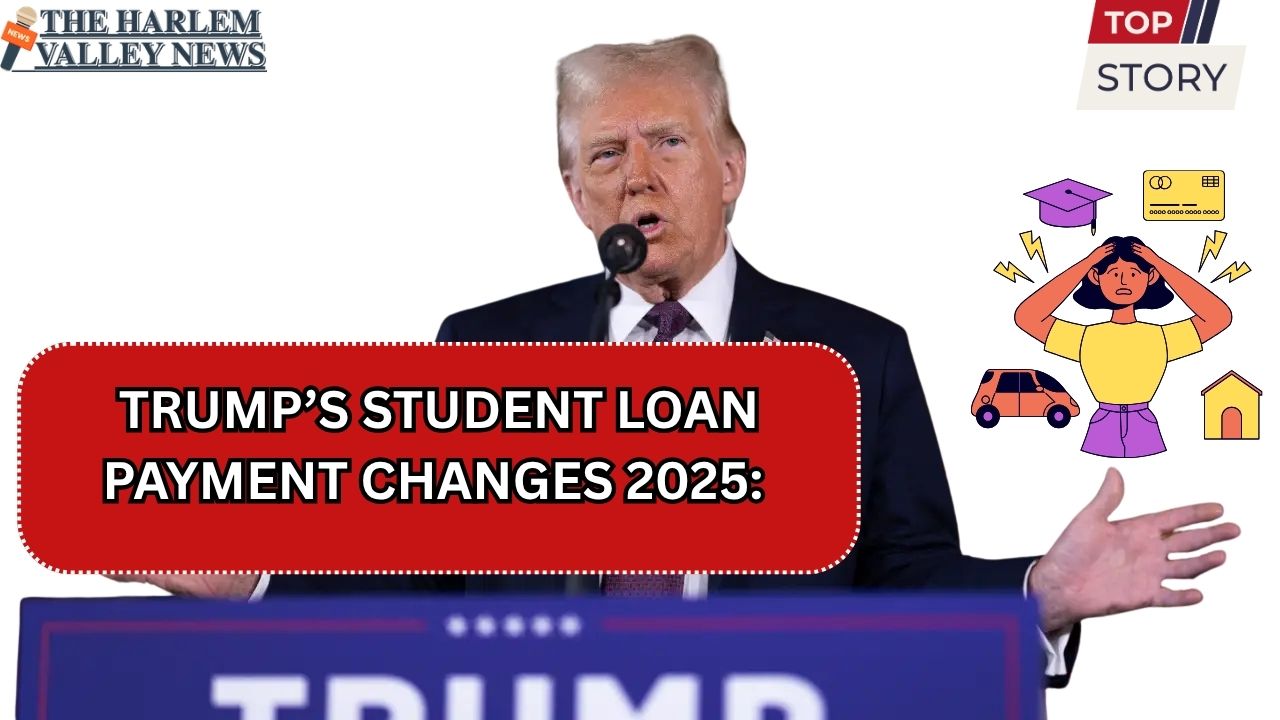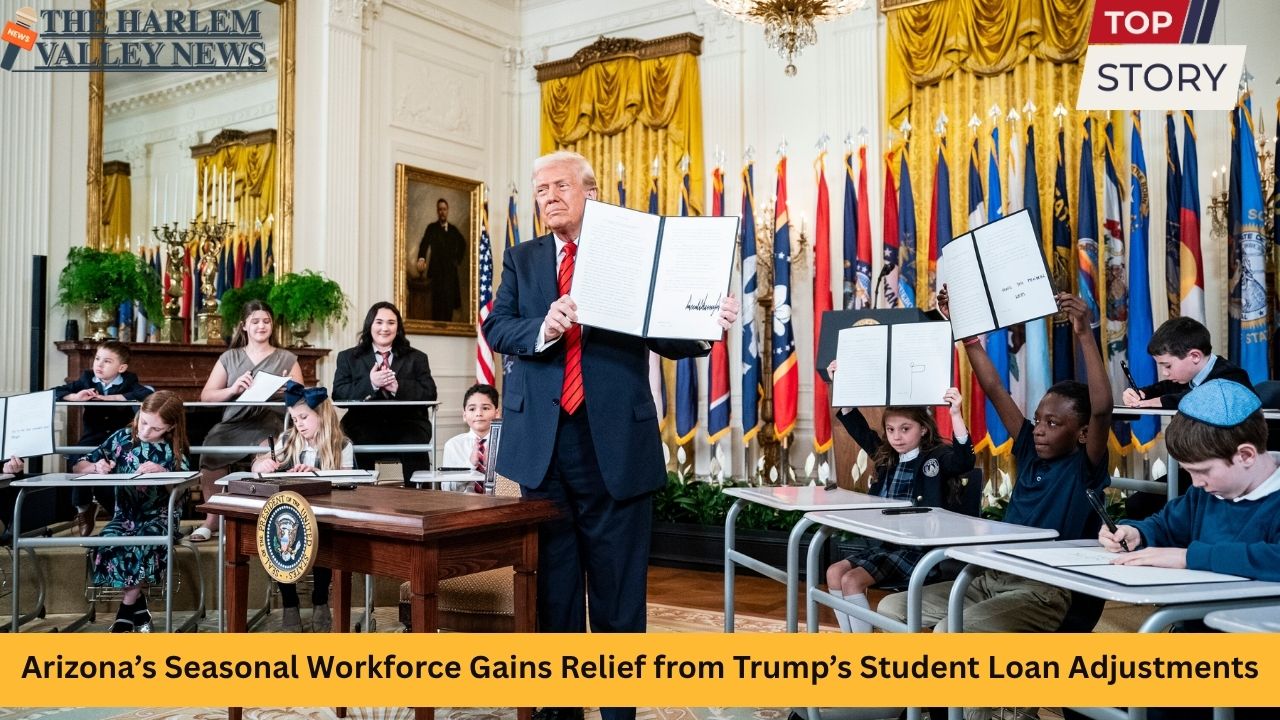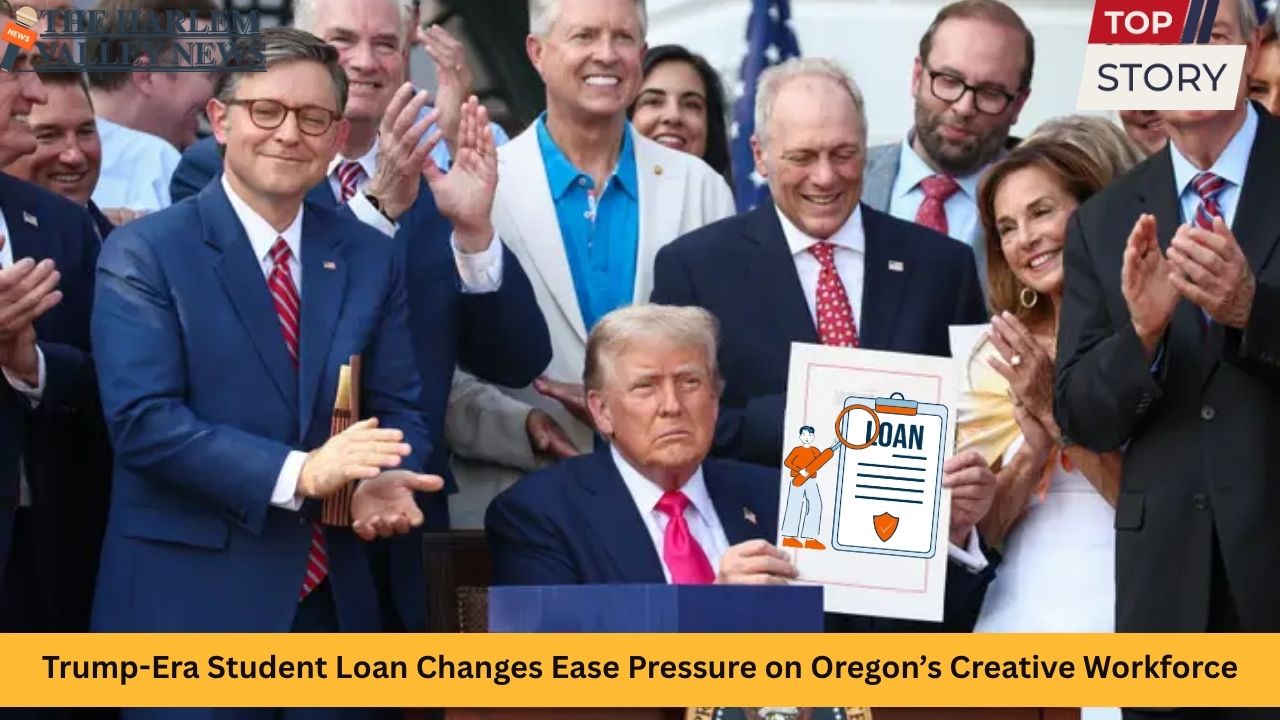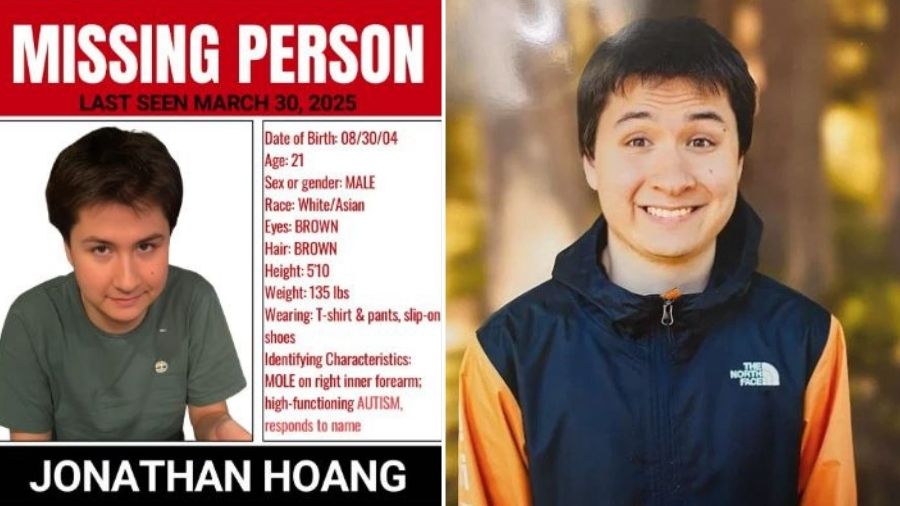Across the United States, from the skyscrapers of New York City to the bustling campuses of Los Angeles, student loan borrowers have long grappled with the burdens of higher education debt. The landscape of federal student loan repayment has shifted repeatedly over the past decade, leaving millions in places like Houston, Chicago, and Atlanta uncertain about their financial futures. President Trump’s latest overhaul of the student loan repayment system represents another seismic change—one that introduces stricter rules but also includes a rare positive for workers battling debt.
The State of Student Debt in 2025
Student debt has reached watershed levels in America. Almost 43 million borrowers owe more than $1.7 trillion in student loans, making it the second-largest category of consumer debt behind mortgages. The typical borrower carries an average of $41,600 in federal student loan debt, while the median debt for recent graduates remains near $29,000. In high-debt states like Maryland, Georgia, and Mississippi, the numbers are even higher, and cities such as Philadelphia and Dallas struggle with a swelling population living paycheck to paycheck under the weight of their loans.
The ripple effects touch nearly every American city, from rural towns where college graduates find it tough to return home due to high debt, to tech hubs like Seattle and Austin, where young professionals delay buying homes or starting families in order to manage their monthly payments.
Trump’s New Law: The “Big Beautiful Bill” Explained
In July 2025, President Trump signed into law a sweeping measure often called the “Big Beautiful Bill.” This legislation overturned many Obama- and Biden-era repayment initiatives and replaced them with a new vision focused on “fiscal responsibility” and cost-cutting. At its core is the Repayment Assistance Plan (RAP), a newly designed income-driven repayment program available to most borrowers starting in 2026.
Major Changes for Borrowers
-
Elimination of Generous Zero-Payment Options: Previous plans, like the SAVE plan, allowed the lowest-income borrowers to have a $0 minimum monthly payment. Under the new rules, everyone will pay at least $10 per month—even those with minimal earnings.
-
Stricter Borrowing Caps: New lifetime limits have been imposed. Graduate students are now limited to $100,000 in federal loans, medical and law students to $200,000, and parents borrowing for a child’s education to $65,000 apiece.
-
End of Multiple Repayment Plans: The new system consolidates (and in some cases eliminates) the maze of repayment options introduced over previous decades. Borrowers must move to RAP or one of two alternative plans by 2028.
-
Income-Based Adjustments: Rather than protecting a portion of income, as with older plans, RAP calculates required payments using adjusted gross income—total earnings before taxes minus specific deductions. Payments range from 1% to 10% of earnings, scaling up with income.
Positive Change: Interest Forgiveness
The most notable bright spot lies in how interest is treated under RAP. For many workers, the worst feature of borrowing was seeing their loan balance grow each month—even when making regular payments—because unpaid interest was added to their total debt. That often happened in cities with a high cost of living, like San Francisco and Boston, where wages quickly evaporate after rent and expenses.
Under RAP, if a borrower’s payment does not cover monthly interest, the government will automatically forgive the remaining interest. This means borrower balances can no longer “balloon out of control.” For example, if a worker in Denver makes a $50 payment but owes $75 in monthly interest, the extra $25 is erased, preventing their debt from growing.
Further, the government will contribute up to $50 every month towards helping lower-income borrowers reduce the principal of their loans. This change prevents negative amortization—the frustrating situation where payments never seem to chip away at the debt.
Enforcement: Tougher Collection Policies
The Trump administration’s reforms also signal a return to stricter loan enforcement. Interest charges will resume for millions who previously benefited from temporary interest-free forbearance policies. Defaulted borrowers in cities such as Detroit, Cleveland, and St. Louis will soon face wage garnishment and federal benefit withholding after years of leniency. More than 5 million are already in default, with millions more close behind.
Impact on American Workers
Workers with Low and Moderate Incomes
From newly graduated nurses in Phoenix to teachers in Miami, workers with modest earnings will notice several effects:
-
Minimum Payments Can Hurt: Even $10-a-month payments can strain budgets for the lowest-income households. While intended to foster “responsibility,” for some, that minimum could make the difference between paying debts and falling behind on essentials.
-
No More Growing Balances: For many, the most significant relief is no longer seeing their balances rise despite regular payments. This is especially positive for public sector employees, nonprofit workers, and gig-economy participants whose incomes fluctuate and who often found themselves trapped in never-ending debt cycles.
Middle- and Higher-Income Professionals
Borrowers in cities like San Jose, Minneapolis, and Charlotte who earn more will see their monthly payments rise, as RAP requires higher earners to contribute up to 10% of their income. These workers are expected to shoulder a larger share of the loan burden, which could affect financial choices such as purchasing homes or saving for retirement.
Borrowers in Default
The end of the repayment pause means that Americans who have missed payments are once again subject to collections. For a warehouse worker in Indianapolis or a food service worker in Orlando who loses a portion of their paycheck to garnishment, the financial hit can be devastating.
Wage garnishment and seizure of federal benefits—including tax refunds and Social Security checks—are now back in play, pushing many already-struggling households towards the brink.
Geographic Inequalities and Demographic Impact
Certain states and cities feel the pain of student loan debt more acutely. Maryland, Georgia, and Mississippi are among the states with the highest average student debt load. Large metropolitan areas—New York City, Los Angeles, Houston, Atlanta—have some of the largest clusters of borrowers in repayment or default.
Women, who are overrepresented on college campuses, hold nearly two-thirds of outstanding student debt. Black borrowers on average have higher student debt levels than other groups and are more likely to experience default and face harsh collection actions. Borrowers from for-profit colleges, who are concentrated in urban areas like Chicago, Miami, and Dallas, are at even greater risk.
The Positive Angle: A Major Relief for Workers
Despite its many tough provisions, Trump’s new RAP plan stands out for its policy of preventing debt balances from compounding uncontrollably—a change long demanded by borrower advocates. In Kansas City, Sacramento, and Columbus, blue-collar workers and white-collar professionals alike often voiced frustration at seeing their balances grow faster than they could repay them.
By waiving unpaid interest each month and providing a small monthly reduction on the principal for low-income borrowers, RAP offers a path—however narrow—out of the “student debt quicksand” that has trapped millions for years.
Navigating the New Repayment World
For workers currently paying student loans or set to borrow for higher education in cities nationwide, adapting to the new rules is critical. Here’s what to consider:
-
Review Your Payment Plan: Borrowers in current income-driven repayment programs will be required to switch to RAP or another eligible plan by 2028.
-
Budget for Minimum Payments: Even if your income is low, plan on at least a $10 monthly payment.
-
Act Quickly If in Default: Those in default should seek loan rehabilitation options before wage garnishment or other collection actions hit.
-
Monitor Loan Balances: Take advantage of the interest waiver by making consistent payments—your balance should no longer grow out of control.
Real Stories: Life Under the New Rules
In Nashville, a social worker named Maria found her loan balance finally starting to shrink this summer after years of steady, but ultimately fruitless payments under prior income-driven plans. In San Antonio, a father of two who works as a paramedic was able to budget more predictably now, knowing his payment would not fluctuate with his overtime hours. In Seattle, an artist and side-gig worker feels cautiously optimistic for the first time in years, as their monthly balance finally stopped ballooning upward.
However, not all stories are positive. In Newark, a single mother with low income found even the $10 minimum payment a hardship, leading her to worry about future missed payments and the specter of garnished wages.
The Road Ahead: What Workers Should Watch
The coming years will further test the system. Job markets, inflation, tuition rates, and the cost of living in major cities from Boston to San Diego will continue to impact borrowers’ abilities to pay. Policymakers may revisit some of the harsher elements of Trump’s plan, especially if default rates climb and wage garnishments push more workers into poverty.
The new rules also highlight the growing gap between those with access to public resources, employer tuition help, or family support, and those who must borrow heavily and work throughout school. The fate of student loan forgiveness programs—including those targeting public service workers and PSLF—remains uncertain, adding another layer of anxiety for borrowers in cities like Washington, D.C., where nonprofit and government work is common.
Conclusion
President Trump’s overhaul of student loan repayment brings a complex mix of challenges and advantages for American workers. The most significant positive—ending the cycle of ever-increasing debt through interest forgiveness—offers hope to millions struggling with the burden of student loans. But for many, especially those already on the financial edge, new hurdles including stricter collection and higher minimum payments loom large.
The impact of these reforms will play out in cities and towns across America, as workers adapt their budgets, adjust their plans, and—hopefully—move closer to the day when their student loans are finally paid in full.
In this new era, one lesson holds true for borrowers everywhere: Stay informed, proactive, and engaged with your repayment plan. The pathway to financial freedom may be narrower, but with careful planning, persistence, and the right information, it is still achievable—even in the face of daunting change.
Here is a list of the key sources with anchors that you can use to reference the information in the article about Trump’s student loan payment changes:

















Leave a Reply